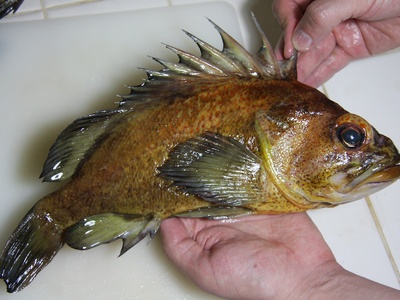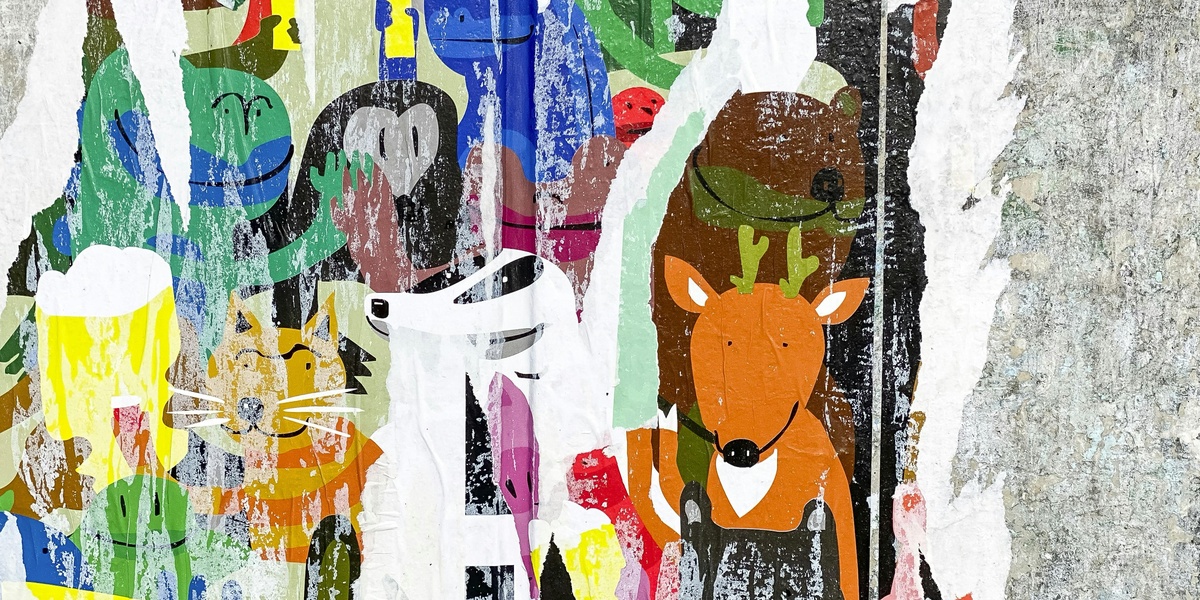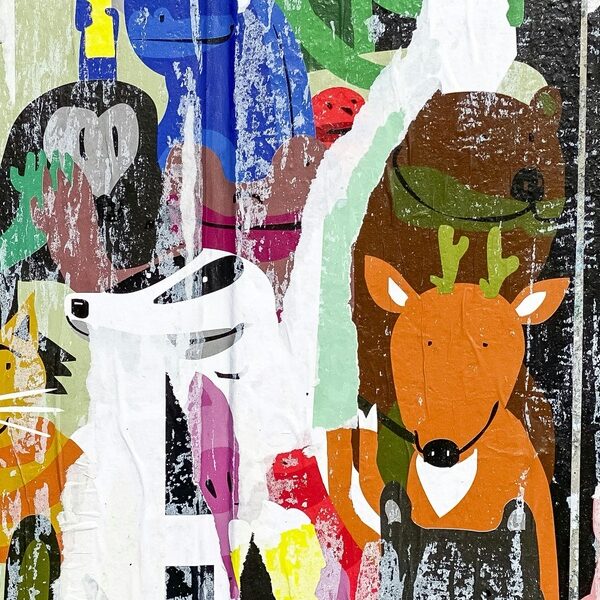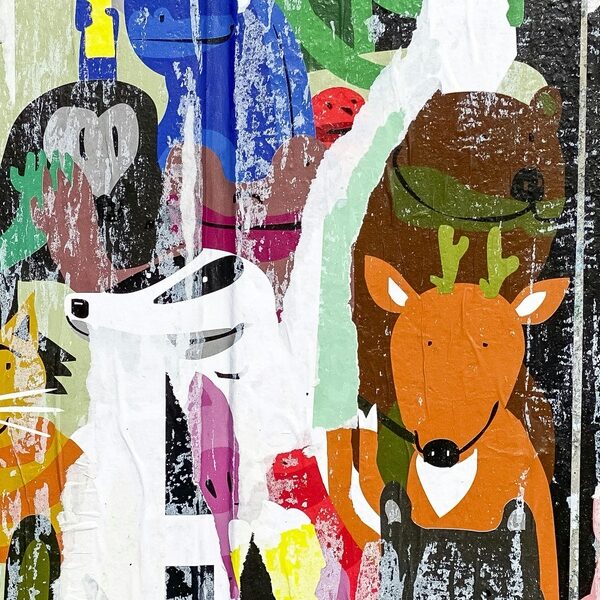Here you’ll find 18 Common Animals that start with Q that begin with Q, organized from “Quagga” to “Quoll”. They include mammals, birds, fish, and invertebrates with global or regional distributions. Use this list for classroom activities, quick reference, homework help, and casual nature exploration.
Common Animals that start with Q are species whose common names begin with the letter Q. The quagga, once a distinct zebra subspecies, is a notable historical example because of its 19th-century extinction.
Below you’ll find the table with common name, scientific name, order, and habitat/distribution.
Common name: The everyday name you’ll recognize, useful for quick identification and classroom or field references.
Scientific name: The Latin binomial gives precise identification so you can find consistent information across sources.
Order: The taxonomic order groups related species and helps you understand broader biological relationships.
Habitat/Distribution: A short note on where the species lives or ranges, useful for fieldwork and lesson planning.
Methodology note: Entries prioritize widely used common names and verified scientific names, avoiding obscure or rarely used terms.
A–Z index: Visit the A–Z index page to explore lists for other letters and complete alphabetical animal collections.
Common Animals that start with Q
| Common name | Scientific name | Order | Habitat/Distribution | Description |
|---|---|---|---|---|
| Quokka | Setonix brachyurus | Diprotodontia | Rottnest Island and southwestern Australia, woodland and heath | Small, friendly-looking marsupial known for its “smile”; nocturnal herbivore endemic to Western Australia. |
| Quoll | Dasyurus | Dasyuromorphia | Australia and New Guinea, forests and grasslands | Carnivorous marsupial group with spotted fur; several species range in size and habits across Australia and New Guinea. |
| Quagga | Equus quagga quagga | Perissodactyla | Formerly southern Africa grasslands (extinct) | Extinct zebra subspecies with reduced striping; driven to extinction in the 19th century by hunting and habitat loss. |
| Quail | Coturnix (genus) | Galliformes | Grasslands, farmlands worldwide (mainly Old World) | Small, ground-dwelling game birds with short wings; many species are farmed and hunted for meat and eggs. |
| Quailfinch | Ortygospiza atricollis | Passeriformes | Sub-Saharan Africa, grassland and scrub | Tiny finch with quail-like markings; a seed-eating passerine commonly found in African savannas and edges. |
| Quail-dove | Geotrygon (genus) | Columbiformes | Neotropics, forest understory | Ground-dwelling doves of the Americas, shy birds that forage on leaf litter for seeds and insects. |
| Quail-thrush | Cinclosoma (genus) | Passeriformes | Australia, scrub and open woodland | Ground-dwelling songbirds with cryptic plumage, named for their quail-like build and thrush-like behavior. |
| Quahog | Mercenaria mercenaria | Venerida | Western Atlantic coasts, shallow bays and estuaries | Large edible hard clam common in eastern North America, widely used in chowders and fisheries. |
| Quagga mussel | Dreissena bugensis | Venerida | Native Ponto-Caspian region; invasive in Europe and North America, freshwater | Small freshwater mussel invasive in many lakes and rivers, notorious for clogging intake pipes and altering ecosystems. |
| Queen conch | Aliger gigas | Littorinimorpha | Caribbean, shallow seagrass beds and sandy flats | Large marine snail with a pink interior shell; important food source and cultural species in the Caribbean. |
| Queen angelfish | Holacanthus ciliaris | Perciformes | Western Atlantic coral reefs, Caribbean | Colorful reef fish with bright blue and yellow; a common and charismatic sight on Caribbean reefs. |
| Queen triggerfish | Balistes vetula | Tetraodontiformes | Western Atlantic coral reefs and rocky areas | Bold reef fish with a blunt snout and strong teeth, feeds on hard-shelled invertebrates. |
| Queen snapper | Etelis oculatus | Perciformes | Western Atlantic, deep reef slopes (100–400 m) | Deep-water snapper prized for its firm flesh; typically caught on steep reef drops and slopes. |
| Queensland lungfish | Neoceratodus forsteri | Ceratodontiformes | Rivers and billabongs of southeastern Queensland, Australia | Primitive freshwater fish with a functional lung, can breathe air and survive drought-prone conditions. |
| Queen scallop | Aequipecten opercularis | Pectinida | Northeast Atlantic seabeds, shallow coastal waters | Small edible scallop valued in European cuisine; swims by clapping its shells to escape predators. |
| Queen Alexandra’s birdwing | Ornithoptera alexandrae | Lepidoptera | Lowland rainforest, Oro Province, Papua New Guinea | The world’s largest butterfly species, spectacularly colored and endemic to a small area of PNG rainforest. |
| Quenda | Isoodon obesulus | Peramelemorphia | Southern and southwestern Australia, scrub and woodland | Small bandicoot (marsupial) called quenda in Australia; a digging omnivore that feeds on invertebrates and roots. |
| Quillback | Carpiodes cyprinus | Cypriniformes | Freshwater rivers and lakes across North America | Large suckermouth fish with a tall, spiny dorsal fin; common in rivers and reservoirs and often caught by anglers. |
Descriptions
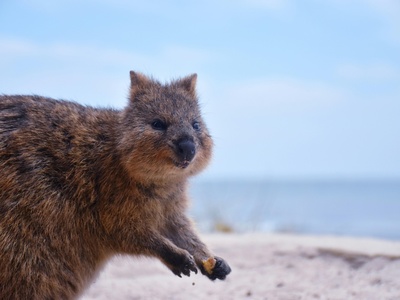
Quokka
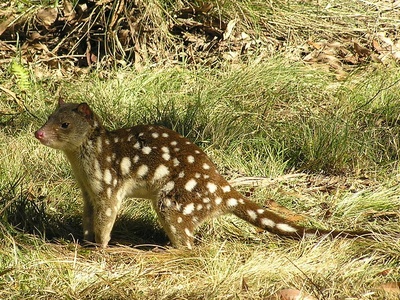
Quoll
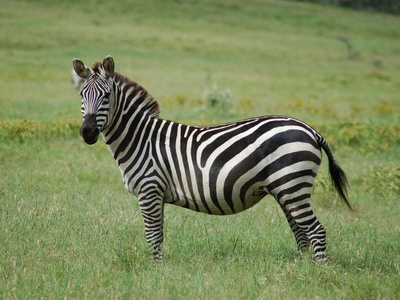
Quagga
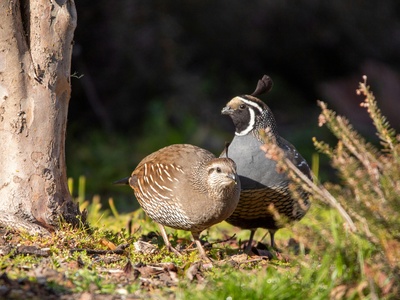
Quail
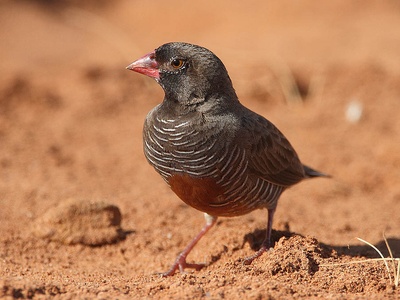
Quailfinch
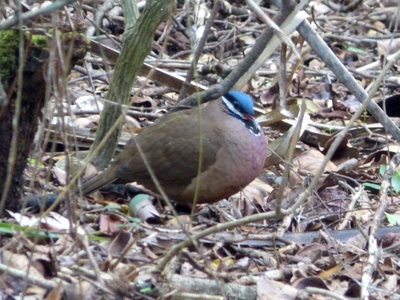
Quail-dove
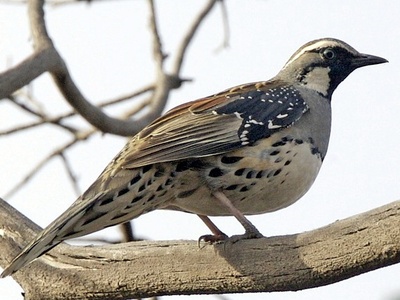
Quail-thrush
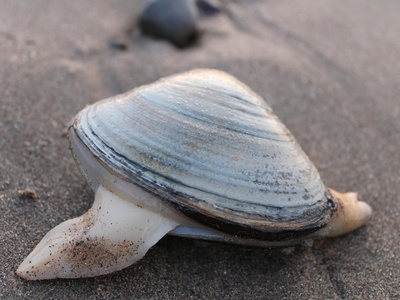
Quahog
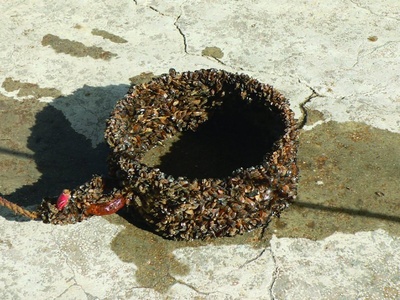
Quagga mussel
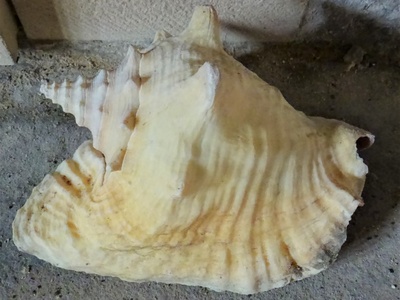
Queen conch
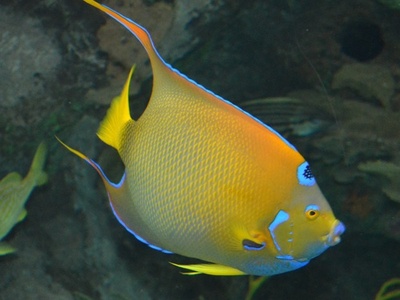
Queen angelfish
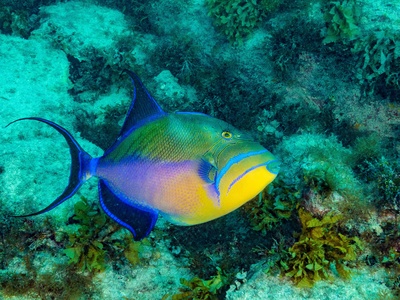
Queen triggerfish
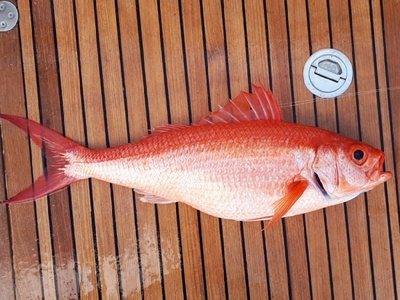
Queen snapper
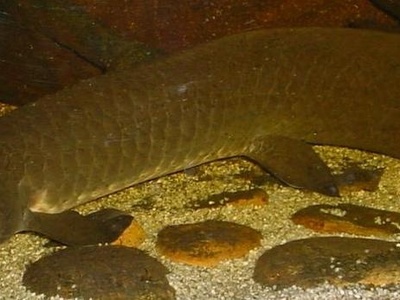
Queensland lungfish
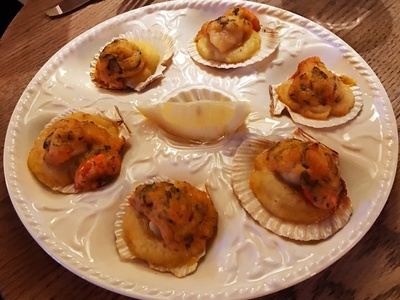
Queen scallop
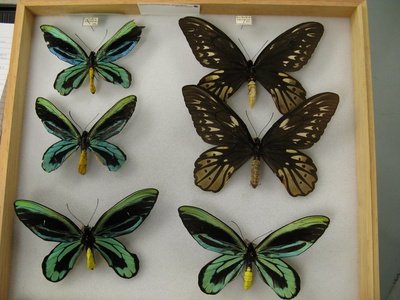
Queen Alexandra’s birdwing
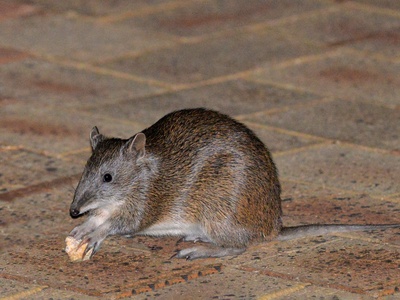
Quenda
